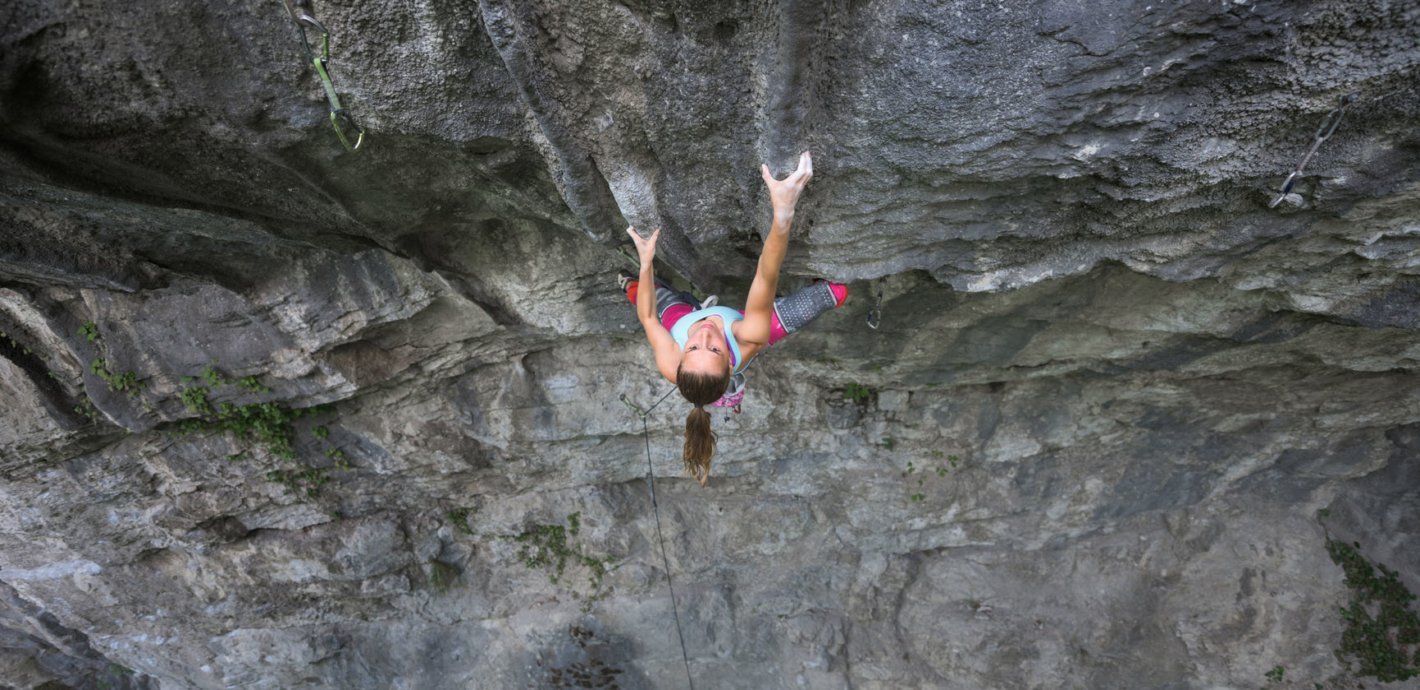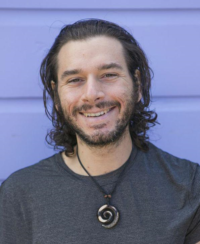Dear John,
Anytime I need to make a decision, it seems that I ask every single person close to me what they think I should do. I tell myself that I want to be fully informed and not miss any “blind spots” before I make a move. But even after I make my decision, I sometimes end up wondering if I did the right thing. Is this normal? And how do I stop all of this overthinking and think for myself?
With gratitude,
Crowd-sourcer
Dear Crowd-sourcer,
I think most of us can relate to your question in that we’ve likely felt challenged by a daunting decision at some point. What comes to me when I reflect on your words is the journey that every person must make toward trusting yourself and overcoming the fear of failing.
Self-trust is developed incrementally across time through practice and experience. My chosen route toward developing self-trust is mindfulness. In this context, mindfulness involves growing familiar with yourself and clarifying your values, wants, and desires. These critical dimensions of self-awareness are necessary to live a values-based and purpose-driven life. These elements are always alive within, and they are there to be discovered or remembered—we simply need to be awakened (or reawakened) to our inner guide.
The meditation practice is a process of lifting away barriers that we’ve built between our inner guide and our conscious awareness. It involves a quieting down in order to allow your inner guide to be heard. Here is a short and simple mindfulness practice, inspired by the work of American philosopher Eugene Gendlin to help move you toward discovering your authentic self and learning to trust yourself.
A Meditation for Learning to Trust Yourself
1. Find a comfortable, safe, quiet, private place where you will not be disturbed. Choose a relaxing position, whether that is sitting, standing, or lying down. Breathe and, if it feels OK for you, close your eyes. If not, practice with a soft gaze.
2. As you breathe, feel the breath as a doorway to presence. Take a few moments to gather your awareness through these natural breaths. Let the breath be exactly as it is. Feel that there is nothing to do in this moment other than settle in and breathe.
3. When you feel that you have reached a centered place, relax a hand or both hands onto your heart. As you do so, notice what you feel physically, mentally, and emotionally. This is your baseline state.
4. Now bring a situation to mind on which you need guidance. I recommend starting with an easier decision rather than a big one.
5. Visualize this situation and, slowly, one by one, imagine the different actions you could take.
6. As you bring these different possibilities and their related actions to mind, notice what feedback you get. Take mind of the thoughts, images, emotions, and sensations in your body.
7. If you explore a particular possibility and feel nothing, that is an indicator to let that option go.
8. Your body will give you a resounding “yes” when you have hit upon what may be a good decision. Spend a few moments sitting with that decision and confirming that it feels right.
When you feel complete with this practice, intentionally come back to your breathing. Close out the practice with a feeling of gratitude for yourself for taking this time to practice. Intentionally release the meditation with an exhale, and return back to your day.
Related: Find the Confidence to Celebrate Your Successes
The Next Step: Take Action
Now it’s time to put your insight from the meditation into practice. Given your question, I want to share a few reflections on how you can frame this stage of the practice.
As human beings, we must accept that we cannot take in an unlimited amount of data about a given situation. We do not have infinite computing capacities, and in most circumstances we are also bound by time. Overthinking a situation can lead to inaction, as we may become frozen.
But life constantly invites us to act. In that action, we must do our best to hold healthy and ethical intentions, consider the available data we have from all sources, decide, act, and ultimately trust that we can be with whatever the outcome is, no matter how difficult. We must also acknowledge and release what is forsaken in our choices. It is our duty to accept that we may miss the mark and to take responsibility when we do, recognizing mistakes as learning opportunities.
Stepping into responsibility like this can absolutely be scary and overwhelming. However, choice and responsibility are what makes our freedom possible.
Warmly,
John











Comments (0)